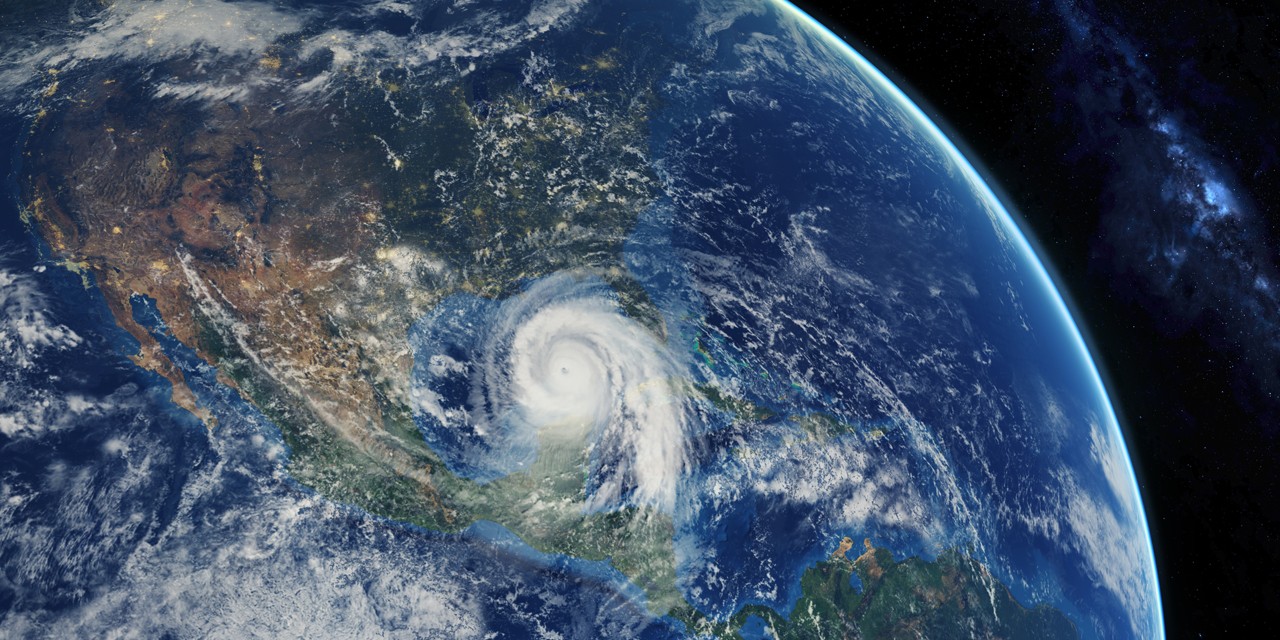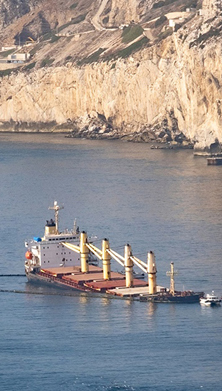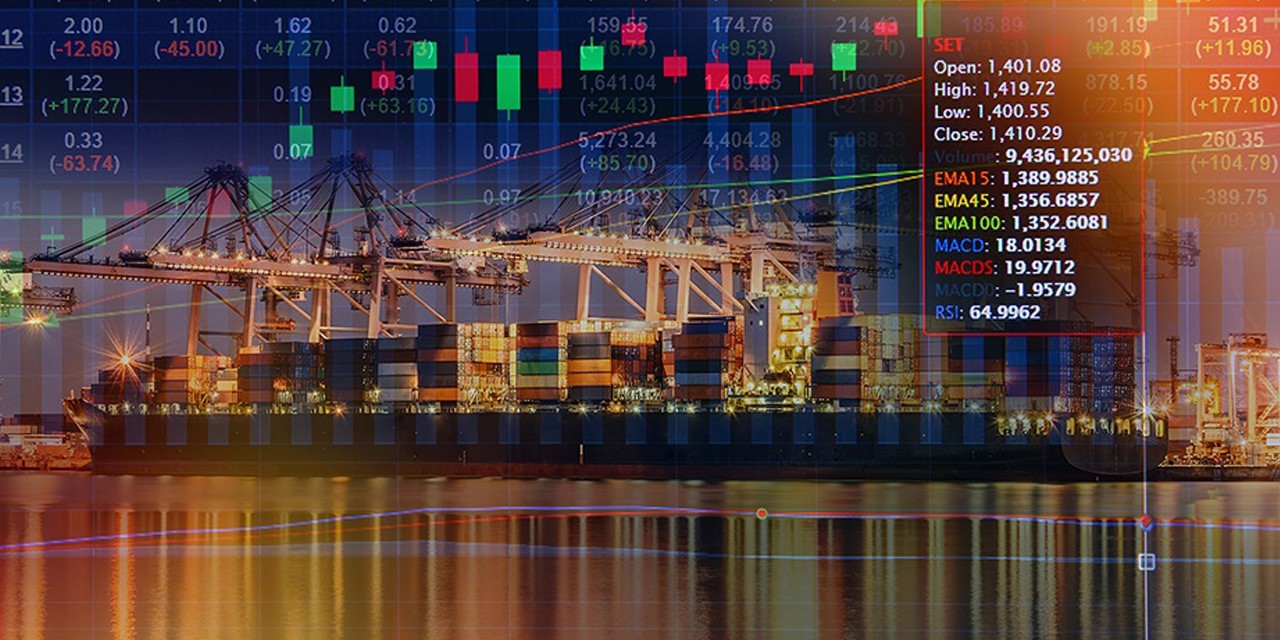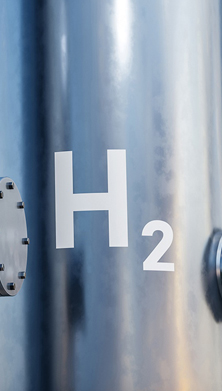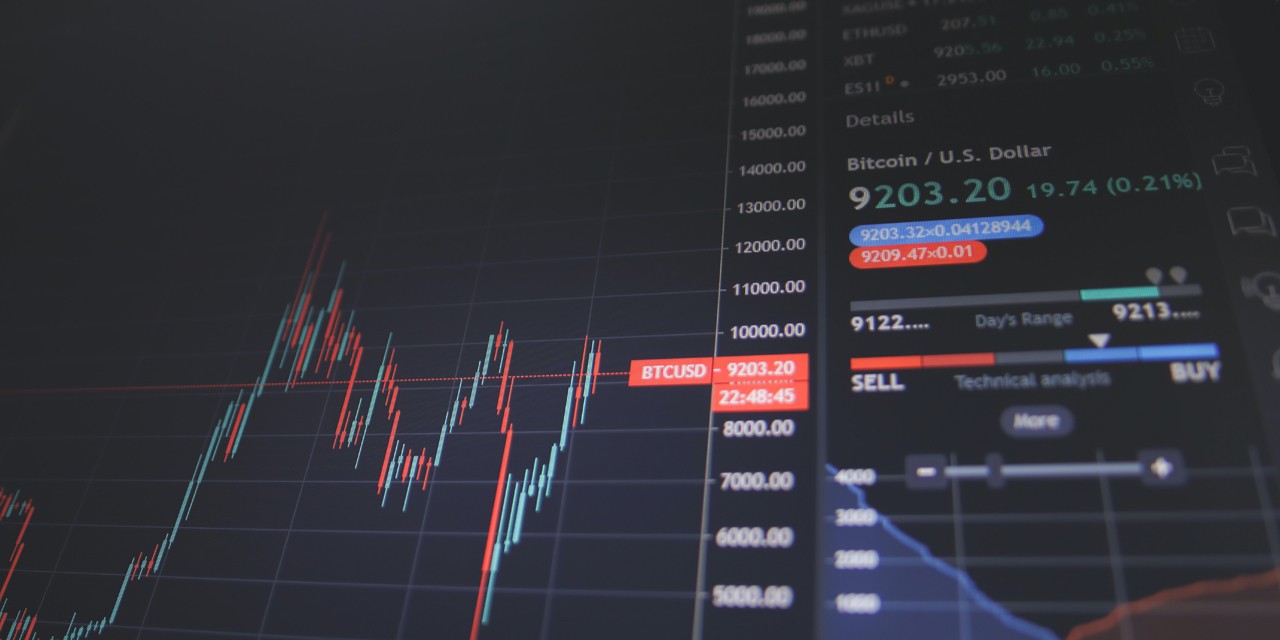Allegedly, up to two million children under 16 in the Ivory Coast and Ghana harvest cocoa beans that are used to make chocolate confectionery worth $18.27bn—18% of the world’s supply – in hazardous conditions involving pesticides, heavy lifting, controlled burns and the use of machetes [1].
The diamond mining and production industry in Tanzania, Ghana, Mali, Burkina Faso, Sierra Leone, the Democratic Republic of Congo and the Central African Republic is estimated to employ as many as a million children between the ages of 5 and 17 while paying them less than $2 per day, if at all, according to the Wilson Center’s “Africa Up Close” project [2].
Overall, Africa has the highest number of child laborers at 72.1 million and the highest percentage of its children in child labor at 18.6% of any region [3].
Meanwhile, the cotton industry in Turkmenistan allegedly exploits tens of thousands of people in order to meet the country’s rigid production quotas [4].
While each of these is an example of human exploitation in the supply chain, do companies who buy the cocoa or cotton or diamonds know the ugly truth? A survey in 2017 by the Chartered Institute of Procurement and Supply (CIPS) found that only 6% of managers at British firms were certain their supply chains were untainted by modern slavery.

Risk management
Although human exploitation can take on many forms, it can be difficult to detect. An estimated 40.3 million people are trapped in modern slavery globally, according to the International Labor Organization’s (ILO) Global Slavery Index 2018. Many more are forced to work against their will, or are children. Industries such as textiles, food and agriculture, electronics, construction, hospitality and housekeeping are especially vulnerable.
According to the UN’s Guiding Principles on Business and Human Rights, businesses, regardless of size, sector, operational context, ownership and structure, must respect human rights, must not contribute to violations and must address actions when they occur [5].
Businesses need to understand that they are responsible for assessing and, if necessary, policing their supply chains – who else can do it? They have the relationships and the pertinent information to do so. Insurance risk management can help, but the onus is on them.
“Diligence is key,” says Christopher Bonnet, Head of Environmental, Social and Governance (ESG) at AGCS. “Companies can institute policies and insurance risk management can help if businesses supply an audit of a supply system. Risk assessment could then determine gaps and suggest solutions.”
It’s a good idea for businesses to have policies/statements to which they can hold suppliers accountable. These should explicitly prohibit child labor, human trafficking, forced labor, and other incidences of human exploitation, while simultaneously protecting and promoting human rights and occupational health and safety.
Shareholders and customers are demanding far more of companies in terms of how they go about their business and conduct themselves, says Shanil Williams, Global Head of Commercial Financial Lines at AGCS. Company boards face the challenge to act appropriately regarding corporate social responsibility and to ensure that suppliers and third-party service providers are similarly compliant.
The 1 minute dialogue
- Industries as varied as textiles, food and agriculture, electronics, construction, hospitality and housekeeping have been connected to modern slavery, although all sectors are susceptible
- While regulatory action is strong in most developed countries, enforcement is difficult for governments and convictions are low
- Human exploitation in the supply chain can particularly be damaging to corporate officers as shareholders and customers demand compliance to supply chain due diligence
- Businesses can and should hold vendors and suppliers contractually accountable to fair wages, fair working hours, humane treatment and other factors before doing business
Regulatory landscape
The regulatory landscape runs the gamut from countries with progressive and emphatic compulsory statutes – the Netherlands, the US, the UK, Sweden and Belgium make up the five highest responses to modern slavery, according to the ILO – to those that have little or virtually no regulatory restrictions at all – the lowest five countries are North Korea, Libya, Eritrea, the Central African Republic and Iran [6].
Enforcement, however, doesn’t always follow suit: convictions are low – they fell by 25% in Europe, for example, in 2016 from 2011 levels (742 in 2016 from 988 in 2011), although the number of identified victims increased from 4,248 to 4,429 over the same period [7]. A study by UK watchdog group, Know The Chain, found that of the 102 information and communication companies analyzed for responding to the 2015 UK Modern Slavery Act only 14 met the minimum compliance requirements [8].
While the US has done the most to curb modern slavery, the UK’s is by far the most robust statute, requiring businesses with over £36mn ($44mn) in global turnover to disclose the steps taken to identify and address slavery and human trafficking in their supply chains.
The law introduces a new reporting requirement for businesses to be transparent – potentially even holding company officers responsible for failing to act with reasonable care, skill and diligence when signing off on transparency statements, not having the correct processes and not having the risk management framework in place to monitor and react to any specific issues, says Williams.
Despite its strength, however, an annual assessment of transparency statements by the UK’s Financial Times Stock Exchange (FTSE) top 100 companies by the Business & Human Rights Resource Center (BHRRC) in 2018 found that the Act has failed to lead to the real change that was originally intended while finding the majority of transparency statements to be vague, generic or omitting crucial details [9].
In France, a statute introduced in 2017 establishes a duty of vigilance obligation for companies and sub- contractors that requires them to publish annual plans to tackle risks in the areas of the environment, human rights and health and safety[10]. And in late 2018 Australia passed a law like the UK’s requiring companies with annual consolidated revenues over AUD$100mn ($67.7mn) to annually report on the risks of modern slavery in their supply chain and report on step-by-step plans to address those risks [11].
Elsewhere, Brazil has a “bad list”, which publicizes firms found to be using forms of modern slavery and blacklists them from public tenders, while the US State of California has a Transparency in Supply Chains Act which stipulates that any large retailer and manufacturer doing business in the state with annual global gross receipts above $100mn must verify that its supply chain is free of human exploitation, conduct annual audits of suppliers, hold employees and contractors accountable and provide training to managers and procurement staff. Nonetheless, such policies only work if they are enforced.
For example, US confectioners, Nestlé, Hershey and Mars, continue to face accusations of forced labor and child labor conditions in their supply chains and each has been or is currently embroiled in lawsuits, one of which is a $550mn Toronto-based class-action suit against Hershey. For all of the attempted suits, however, most are dismissed because of the extreme complexity of proving negligence and finding the true culprit in the fast supply chain [12].
Legislation and governance codes in many countries also require far more transparency and accountability from suppliers in terms of reporting requirements on their efforts to deal with human trafficking and modern slavery.
Reputation risk
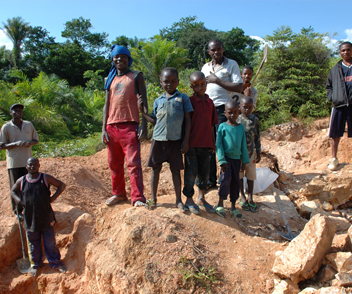
“Say I’m a large multinational manufacturing company doing business with a wide range of tier two, three, four and down suppliers located all over the world,” says Bonnet, referring to tiers in a company’s supply chain – with tier one being a direct relationship supplier and tiers two and down being those suppliers with whom the tier one supplier does business but which the manufacturer does not. “It can be very difficult to keep up with what each supplier is doing and whether or not they are exploiting employees. Human relations and ESG teams can be challenged to assess non-compliance of policies and procedures.”
The main hit that a business might take with human exploitation in the supply chain, besides the liability risk that any company faces doing contractual business with suppliers, is a knock to their reputation, especially in light of heightened consumer advocacy, protests, social media and even so-called “public-shaming” exercises, many spearheaded by non-governmental organizations (NGOs) to rally public awareness. There has even been a rise in strategic civil litigation. Monetary damage and reputational damage that influences consumers and investors work hand-in-hand to keep businesses aware – and honest.
D&O implications
While human exploitation in the supply chain is not a named peril in a director’s and officer’s (D&O) all-risks insurance policy, it is definitely becoming a boardroom concern and a major exposure for directors and officers – especially for companies in the UK, the US, the EU and Australia, says Williams.
“At a time when regulators and investigatory authorities are focusing unprecedented attention on personal accountability for company directors, issues such as slavery in the supply chain could create major problems for senior managers if this global issue is not addressed,” says Williams. “We can expect to see more enforcement in the area of human rights and community impacts and holding directors responsible for transparency in supply chains. Companies will be expected to manage this risk including auditing the supply chain and implementing appropriate due diligence of suppliers.”
To do this, a company might insist on supply chain transparency: hold vendors and suppliers contractually accountable to fair wages, fair working hours, humane treatment and other factors before doing business. By implementing the right checks and balances to address violations, companies can be compliant and forthright to customers, vendors, suppliers and investors, alike.
“It’s very difficult to spot potential hotspots,” says Bonnet, “so protection against liability is a good first step. Statements of policy can be good backup procedural documentation, which can be instrumental in sending a message to all suppliers who aren’t always on the up-and-up.”
For example, AGCS has a vendor integrity screening process, which includes prevention of corruption, bribery and other forms of noncompliance, including modern slavery, human trafficking and child labor, and has a vendor code of conduct in place complying with the UN Global Compact, essential human rights and standards of the ILO. AGCS maintains a system of quality assurance and auditing activities which cover an internal mechanism to ensure adequate controls for various types of global risks.
Most importantly, however, when an infraction is discovered, businesses must act. Companies can state publicly that they won’t tolerate violations of its supplier code of conduct and can promise to regularly assess suppliers by internal and independent auditors to monitor compliance and improvement. Statements of transparency must be public, approved by the board of management and signed by a director. But, despite requirements and government guidelines, 34% of businesses surveyed by the Chartered Institute of Procurement and Supply (CIPS) in 2017 that were required by the UK Modern Slavery Act to publish an anti-slavery statement had failed to do so, while 37% of supply chain professionals in businesses required to publish a statement had not read the government guidance [13]. In the final analysis, self-policing is key.
Corporations that fail to take appropriate steps to eliminate human exploitation from their supply chains may also face shareholder derivative suits. Given more and more D&O claims result from reputational events or bad news that was not disclosed to the market, this concern will not go away, says Williams.
Human exploitation takes many forms
Forced labour – work performed involuntarily or under coercion, including situations of debt-bondage, limited free movement or sexual exploitation (estimated 24.9 million people globally).
Modern slavery – the status or condition of a person over whom any or all powers attaching to the right of ownership are exercised including debt bondage, serfdom, the selling of women for marriage, and the situation of parents or guardians delivering a child to another person for the exploitation of their labor – 25% of all victims are children (also, involves human trafficking) (estimated 40 million people globally).
Children in employment – children under 17 working in any form of production, including those in forms of work in the formal or informal economy, inside or outside family settings, for pay or profit and domestic work outside the child’s own household for an employer (estimated 218 million children globally).

Child labour – children in employment who are in permitted light work with limited hours and those above the minimum age for work whose work is not classified as a worst form of child labor, or, in particular, as “hazardous work”. Worst forms include slavery, human trafficking, debt bondage/serfdom, forced/compulsory (including in an armed conflict); sexual exploitation; drug production/trafficking (estimated to be 152.4 million children aged 5 to 17 globally – 64 million girls and 88 million boys).
Children in hazardous work – night work, long hours of work, exposure to physical, psychological, or sexual abuse; work that is underground, under water, at dangerous heights, or in confined spaces; work with dangerous machinery, equipment, and tools, or which involves the manual handling or transport of heavy loads; and work in an unhealthy environment (estimated 73 million children globally).
Our experts
Christopher Bonnet: christopher.bonnet@allianz.com
Shanil Williams: shanil.williams@allianz.com
References
[2] Wilson Center, Africa Up Close, Child Labor in African Mines: Where Are We Now? July 20, 2016
[3] ILO
[4] The Economist, Supply chains based on modern slavery may reach into the West, July 19, 2018
[5] United Nations Office of the High Commissioner on Human Rights, 2011
[6] ILO, Global Slavery Index 2018
[7] The Guardian, Trafficking convictions fall 25% despite rising number of victims in Europe, January 8, 2019
[8] Know The Chain, What progress have companies made under the UK Modern Slavery Act?, March 25, 2018
[9] Business & Human Rights Resource Centre, FTSE 100 & the UK Modern Slavery Act: From Disclosure to Action, 2019
[10] ILO
[11] The Conversation, At last, Australia has a Modern Slavery Act, Here's what you'll need to know, December 2, 2018
[12] Now, Slaves to chocolate: The child labor in your Hershey‘s bar, March 7, 2019
[13] Supply Management, Third of firms fail to comply with slavery law, September 6, 2017
Further information
Download Global Risk Dialogue Summer/Autumn 2019
Allianz Group companies
AGCS offices
Newsletter
Keep up to date on all news and insights from AGCS




